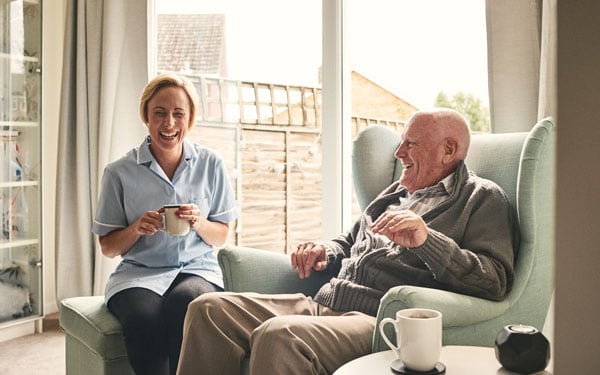- This article is from Informed, our regular newsletter for health professionals. Sign up for Informed and a host of other resources.
During a conversation, using certain communication techniques can encourage people to think about changing their behaviour. Our effective listening checklist can help you take a patient-centred approach.
Give a timeframe
If you only have a short amount of time, inform your patient or client, for example “We’ve got 10 minutes, is it OK to talk about….?” This is much better than looking at the clock or ending the conversation abruptly.
Listen more, talk less
Allow your patient/client to take the lead with any conversation about behaviour change by exploring:
- If they want to change, for example “If you were to start next week, what do you think about that? How does that sound?”
- What obstacles they foresee in changing
- What they consider to be the greatest benefit
Including them in decision-making promotes their self-efficacy and prevents you from pushing your own agenda – which could lead to frustration on both sides.
Always ask permission
Ask permission when broaching a sensitive subject or when you’re about to give advice. It shows respect and gives your patient/client more control. Equally, if you’re going to make notes during your conversation, ask if that’s OK, for example, “Would it be OK to talk about your diet today?” “Do you mind if I take notes while we talk?”
Listen out for change talk
Change talk is a good signifier that your patient/client is contemplating changing their behaviour, and a good opportunity for you to start the conversation. Listen out for language such as ‘I want… I wish… I would like… I can…’
Ask open-ended questions
These help people to draw on their own solutions, giving them control about their behaviour. Open-ended questions might start with “how”, “what” or “why”. Closed questions, which typically elicit a one-word answer such as “yes” or “no”, tend to evoke a passive response.
Reflective listening
This includes mirroring language, and it shows that you’re listening and provides an opportunity to check that you haven’t misunderstood what people have said. It also demonstrates empathy which is crucial for the patient/client to feel heard. Reflective listening includes using the language and words they use, repeating, summarising or reflecting on the feeling the other person has expressed.
Affirmations
Comment on your patient/client’s strengths, effort and intentions.
Body language
Show open body language – try not to cross your arms or legs. Smiling and giving eye contact reinforces that you’re listening and want to know more. Also, sitting at a slight angle so that you’re not directly facing your patient/client can be a less intimidating position.
Summarising
Summarising what your patient/client says is useful throughout the conversation and when concluding certain sections of the conversation.
- This article is from Informed, our regular newsletter for health professionals. Sign up for Informed and a host of other resources.


